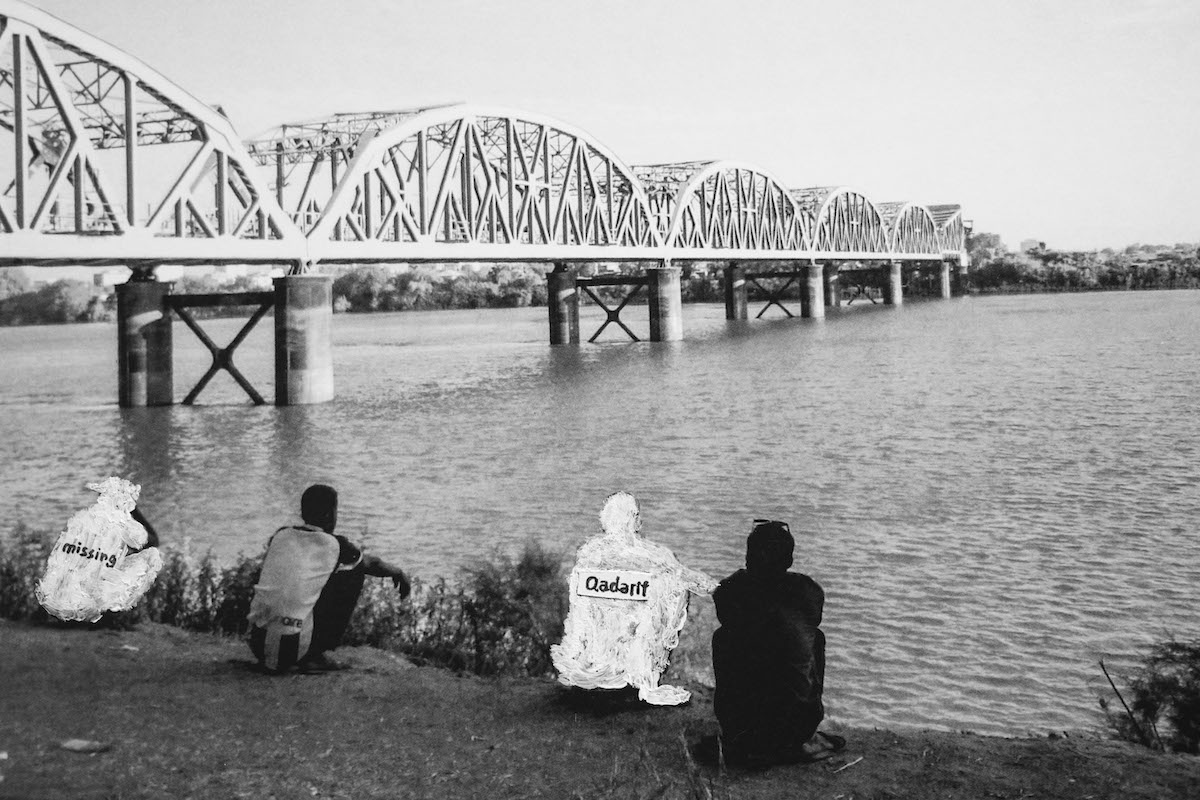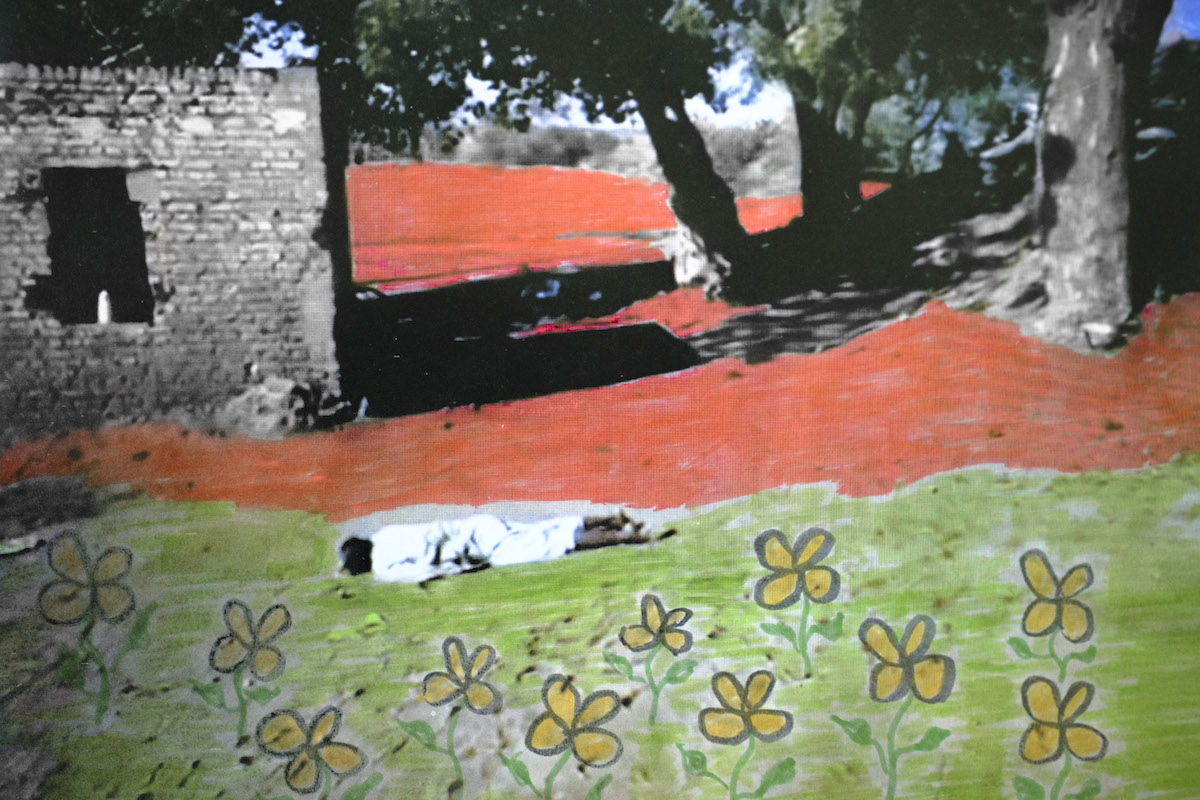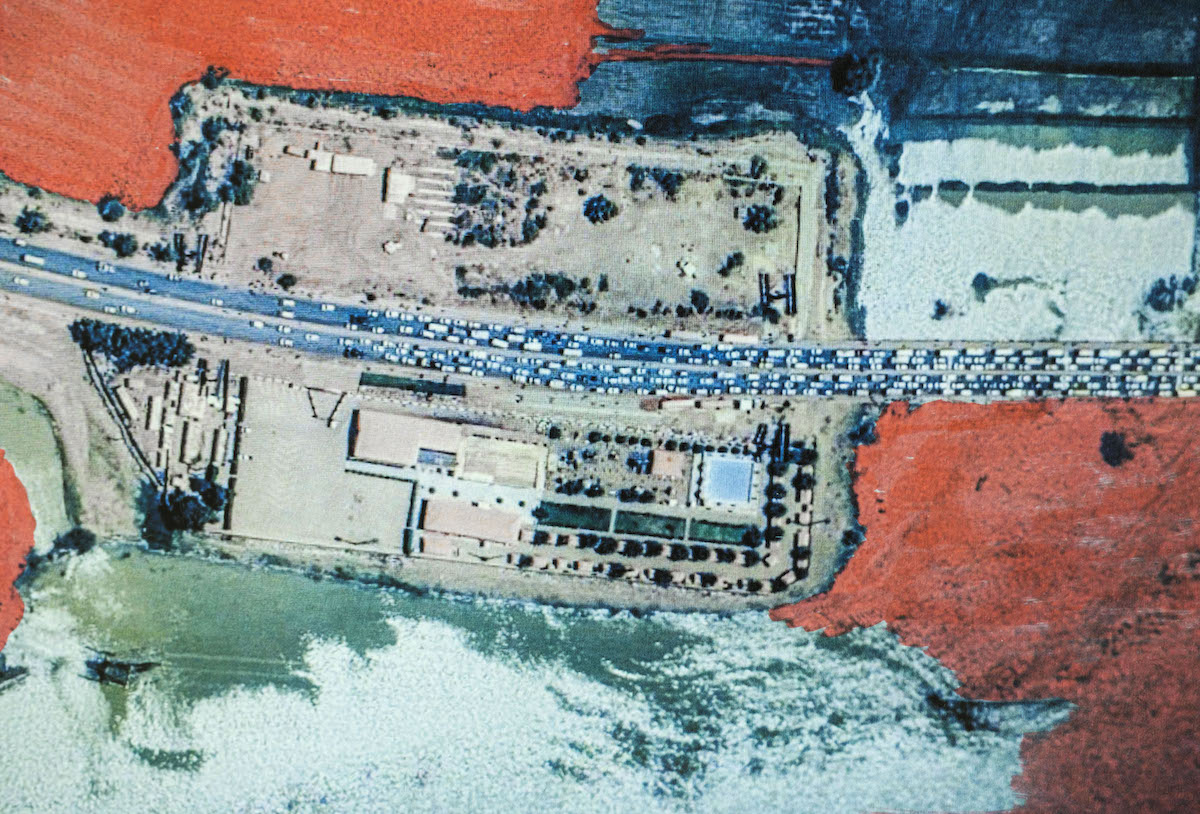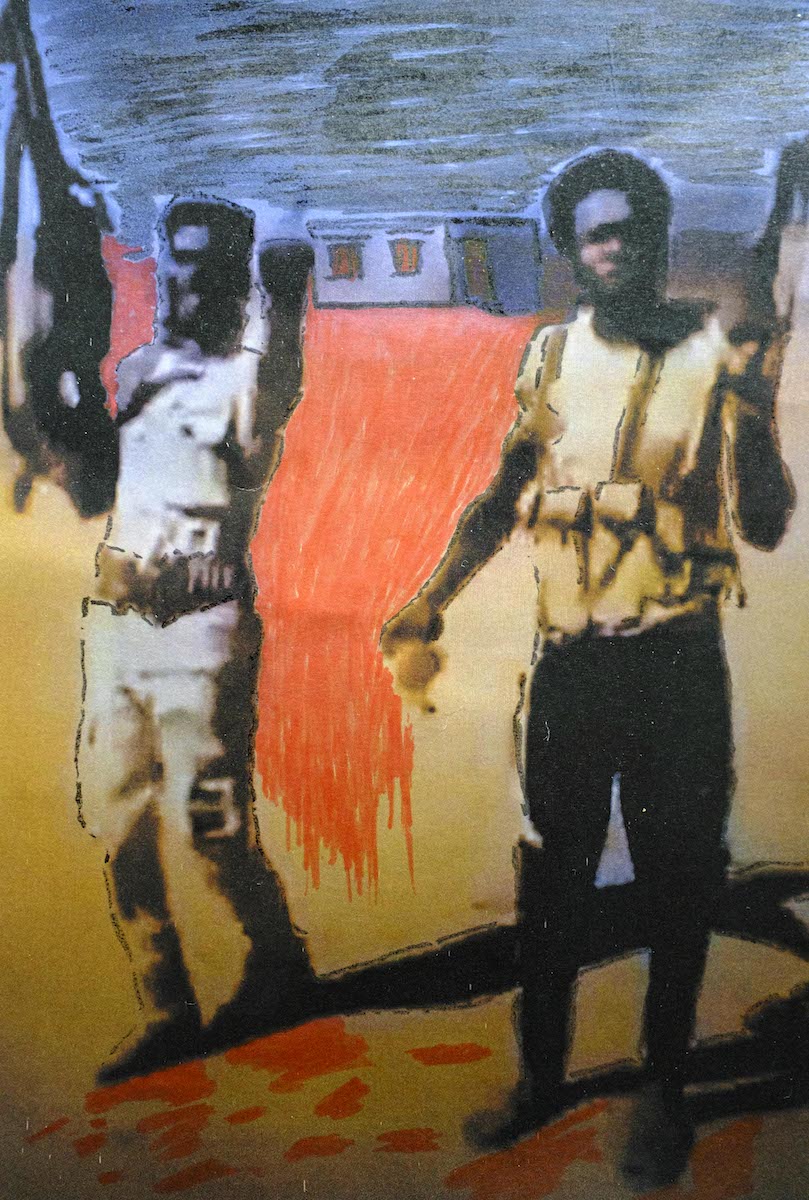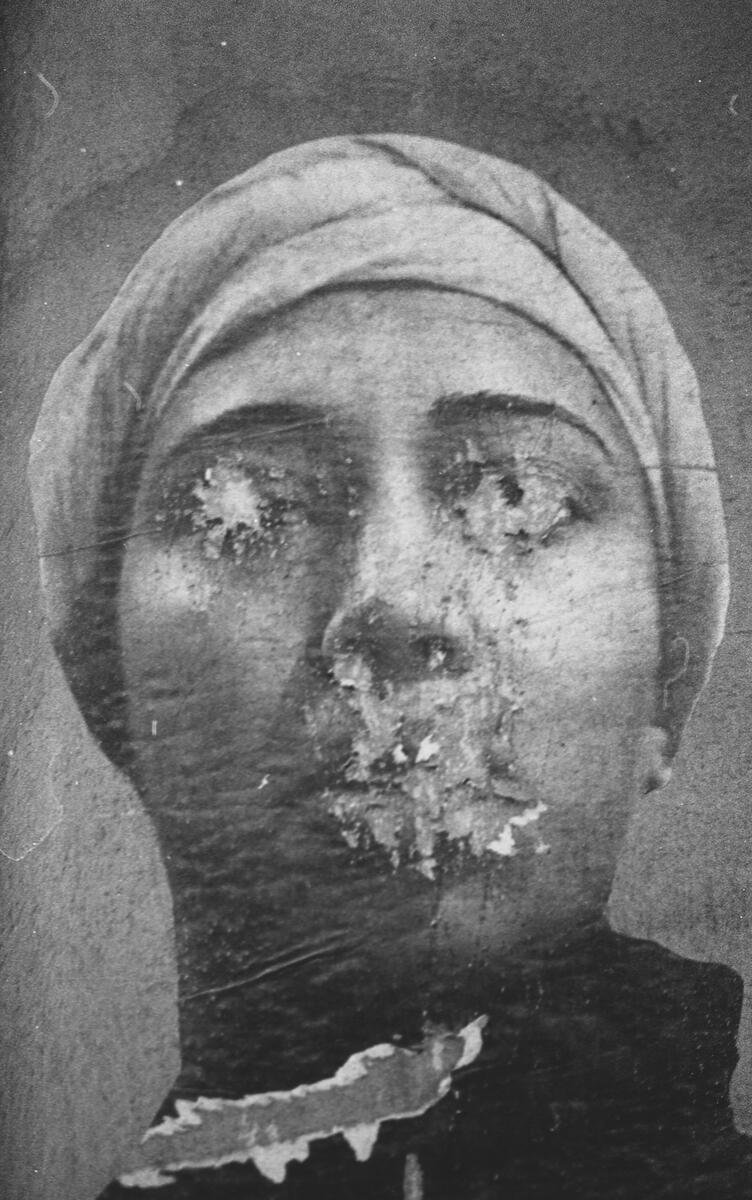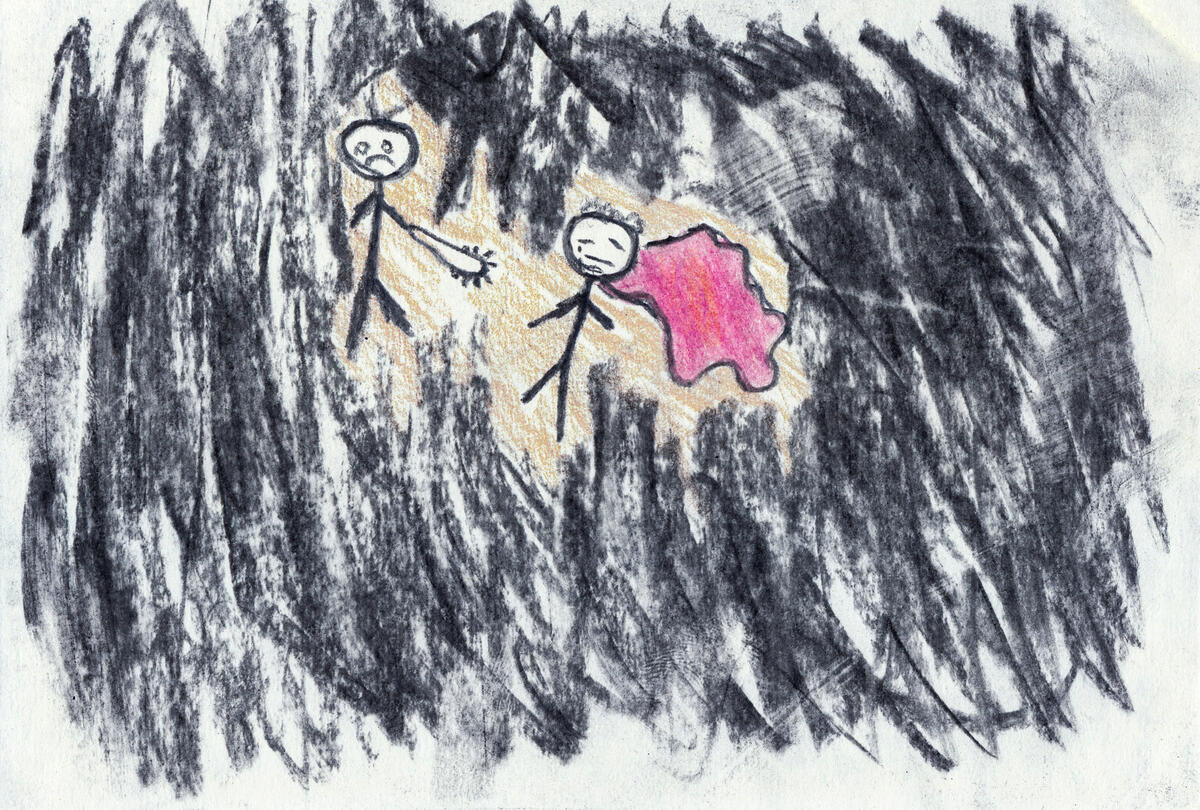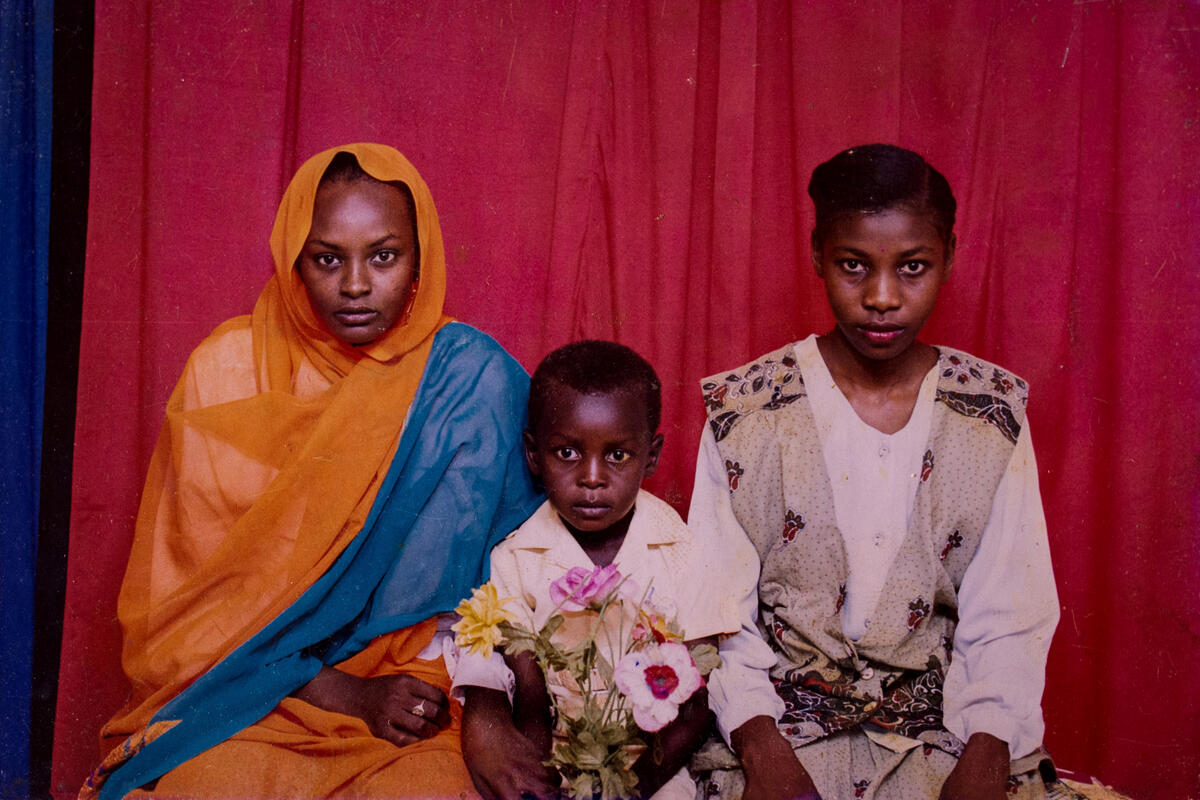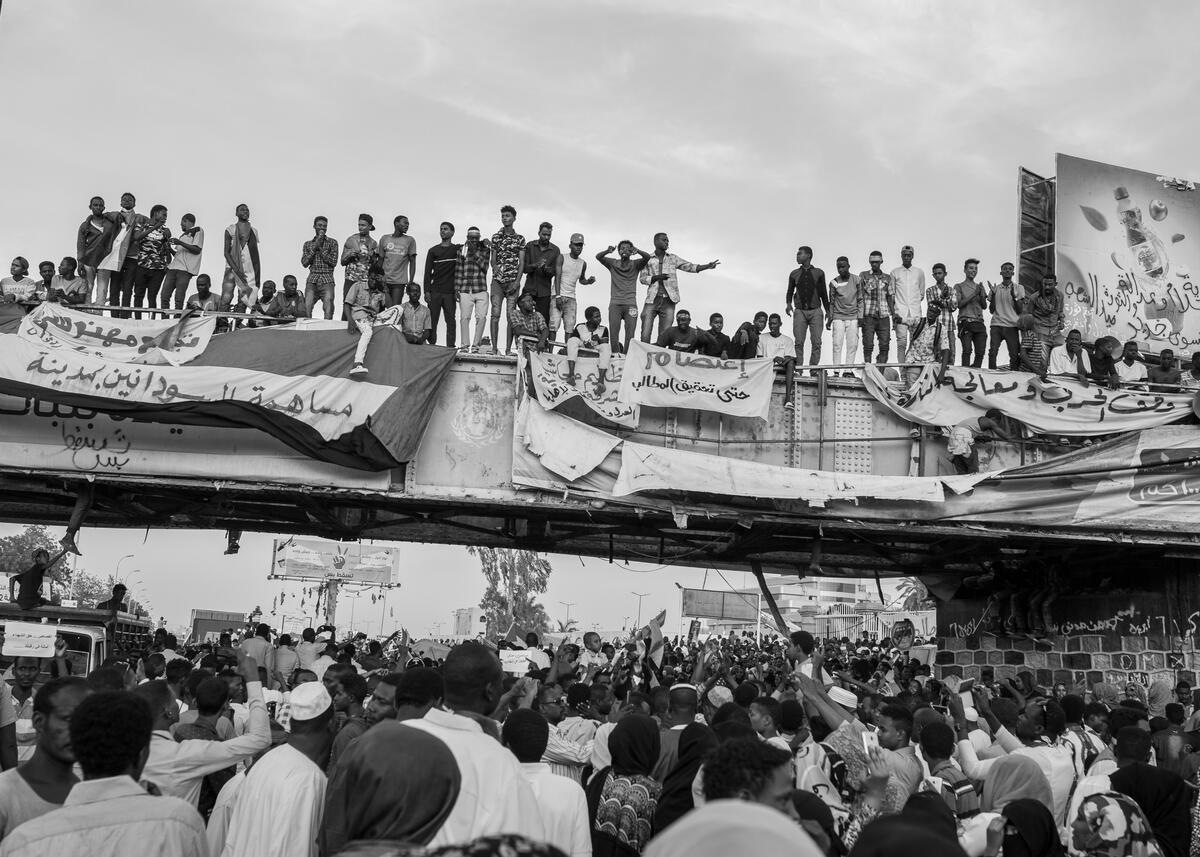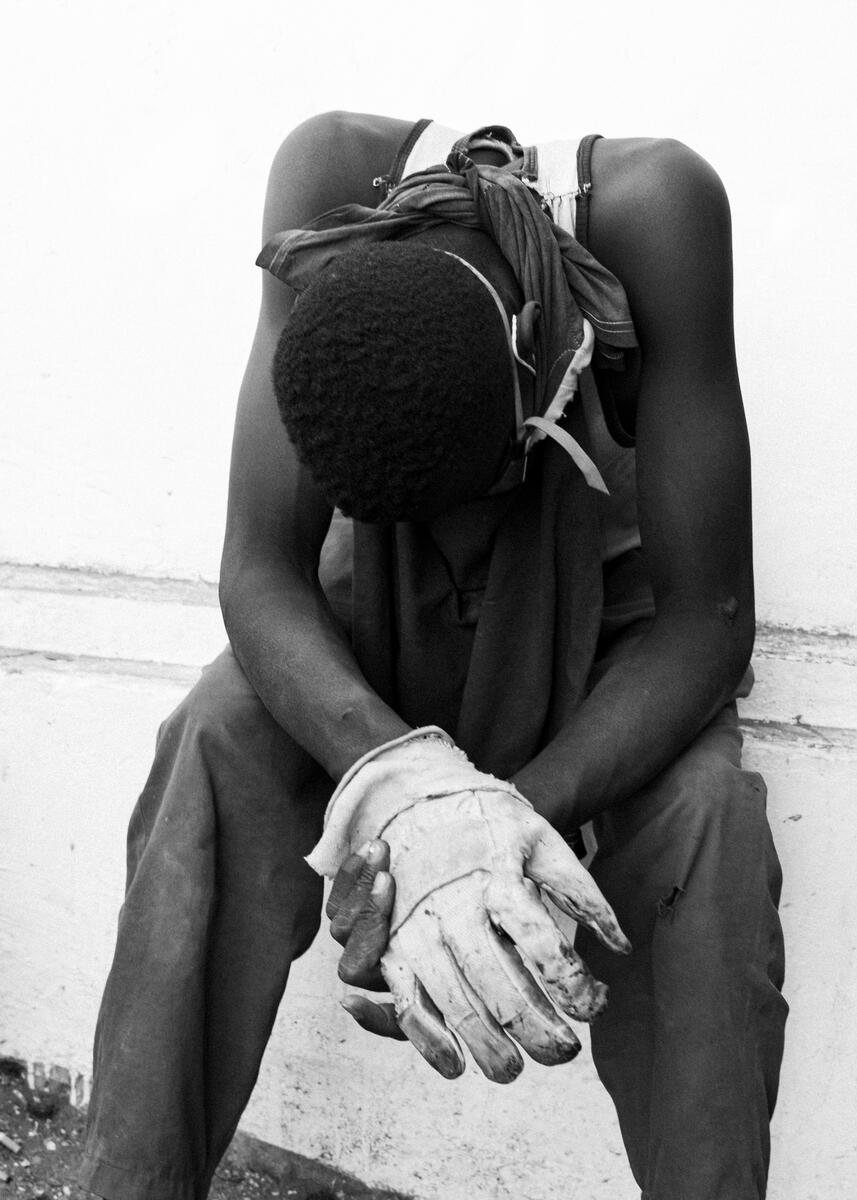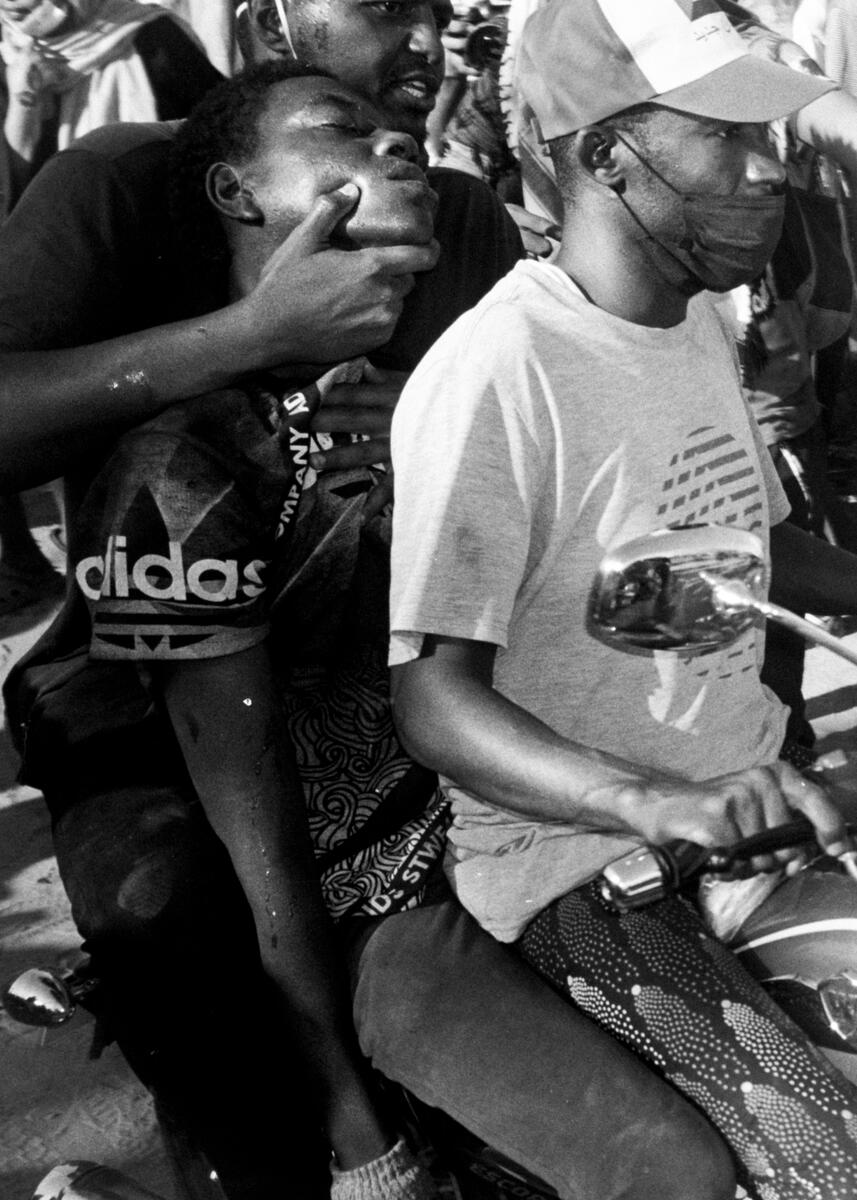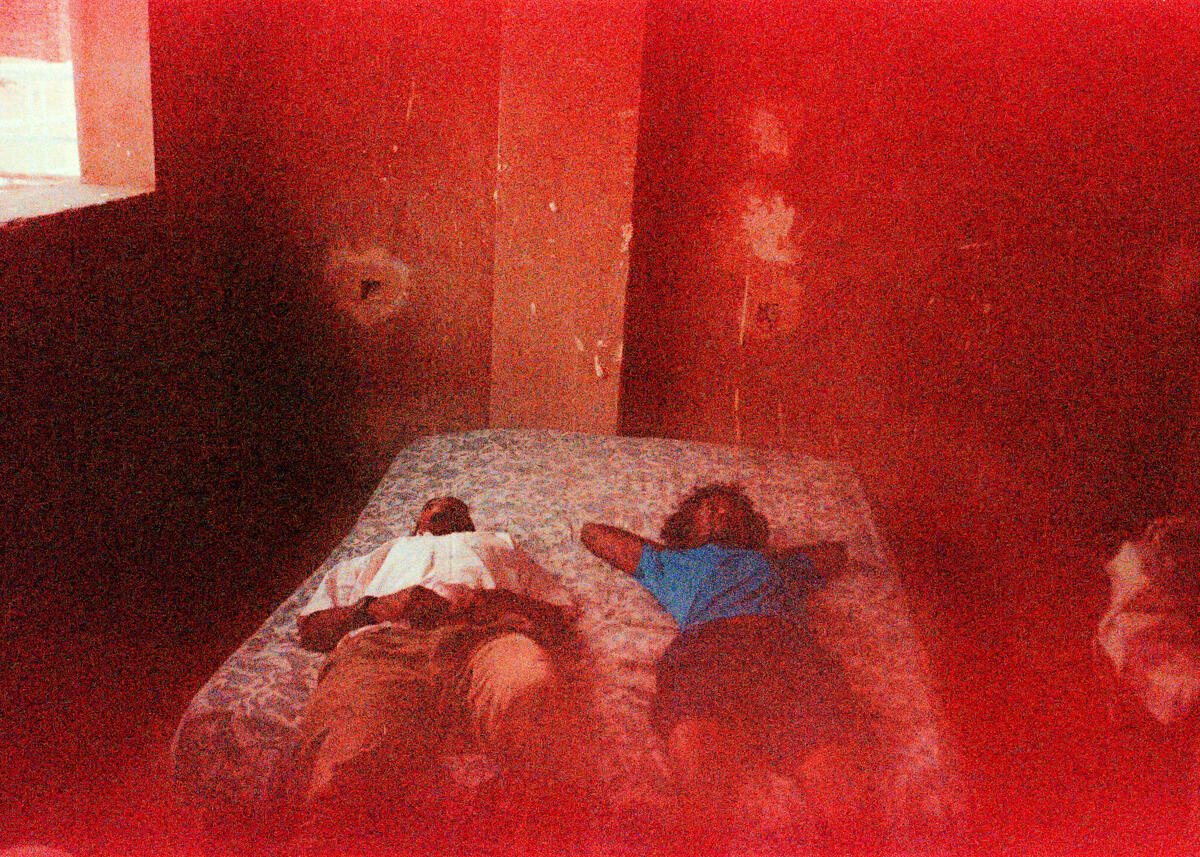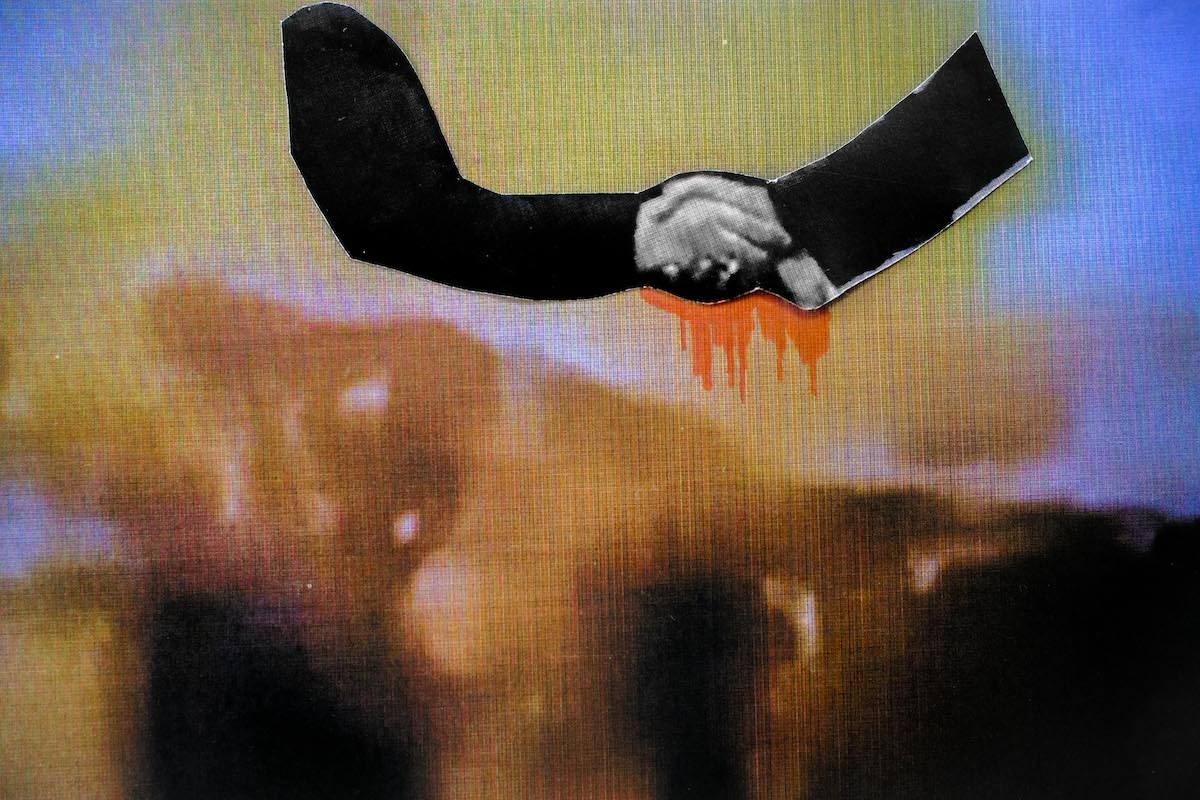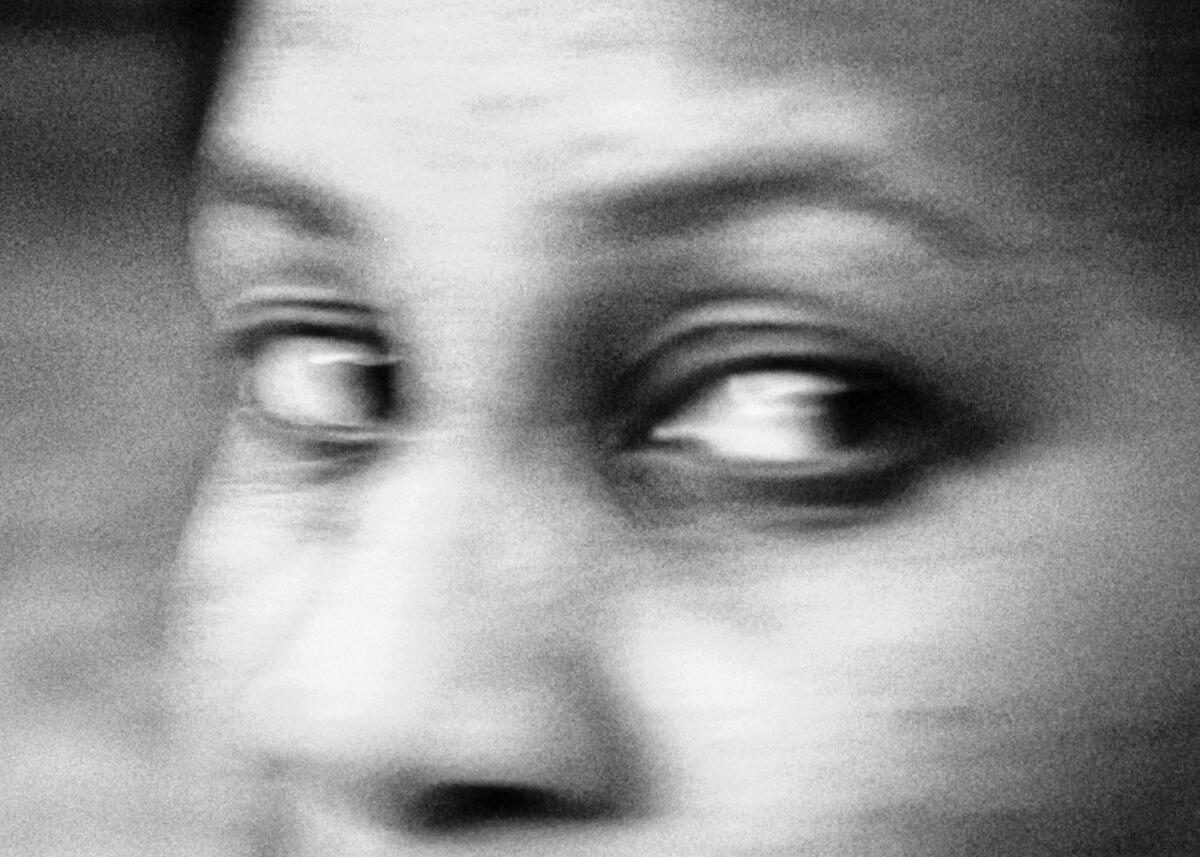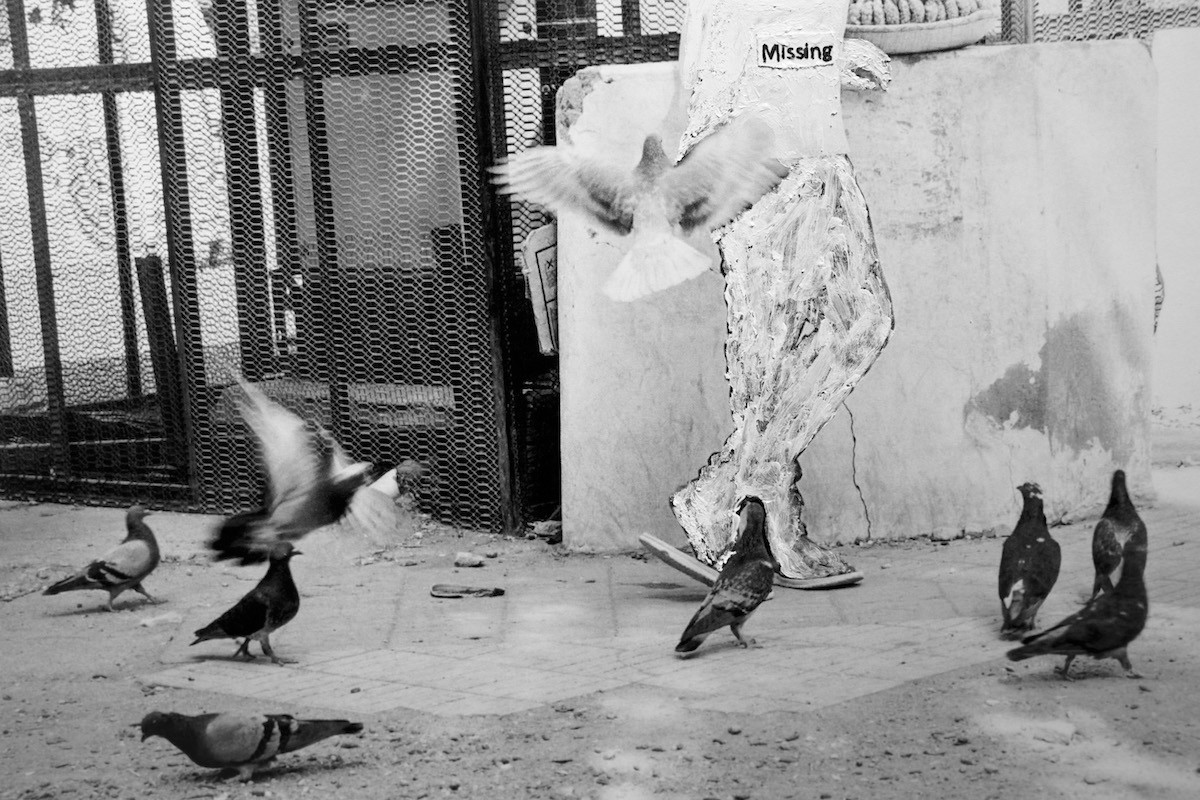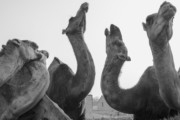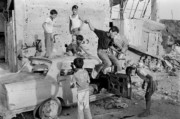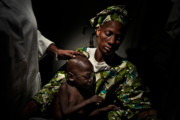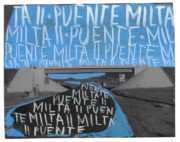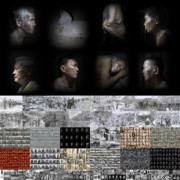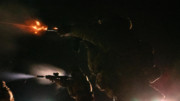Salih Basheer’s Return to Sudan
The Magnum nominee’s ongoing project, The Return, seeks to examine the colossal humanitarian impact of the ongoing war in Sudan
In April 2023, Salih Basheer was back in Khartoum, Sudan visiting family in the final weeks of Ramadan. “I get goosebumps when I remember everything I went through during my last visit to Khartoum,” he recounts in the film The Wind on My Back, released one year later. “Total calmness of the city. And the sound of the Maghrib call to prayer during Ramadan. The most sacred moments I can feel during the entire year. The breeze of the air, the sound of the birds, and the call to prayer are the only sounds that break the quietness of the city. These are the last beautiful moments I had in Khartoum — before the disaster.”
In the early hours of April 15, during his stay, the Rapid Support Forces (RSF) launched an attack on Sudan Armed Forces (SAF) bases across Sudan, including Khartoum and its airport. The city and country were plunged into chaos, with Sudanese civilians, including Basheer and his family, caught in the crossfire. April 15 marked the beginning of an ongoing, deadly war that has displaced at least 14 million people, and reportedly killed tens of thousands, although the actual death toll is likely much higher, especially when taking into account deaths from disease, malnutrition and lack of healthcare.
"For the first time, I witnessed one of Sudan’s wars on the very streets where I used to spend my time and walk every day."
-
Basheer, who was born in 1995 in the city of Omdurman, grew up in the turmoil of the second Sudanese Civil War, a 22-year conflict between the central Sudanese government and the Sudan People’s Liberation Army. “Sudan has never experienced long-term stability in its modern history,” he explains. “Since gaining independence from colonial rule, the country has been plagued by prolonged civil conflicts and a politically divided elite, each faction driven by its interests and agendas. This division has, in turn, fractured the Sudanese people.”
The beginning of the attack on April 15 led Basheer to a dangerous journey back to his base in Aarhus, Denmark — what he now describes as a completely overwhelming experience. “The journey was very sudden. It was difficult to find my way out of Khartoum, but I had to find a way to travel back.” Originally a self-taught photographer, Basheer had moved to Denmark to study photojournalism a few years previously.
Once back, the comparative quiet of Denmark — a stark contrast to the chaos he had witnessed only days previously in Khartoum — led to a period of processing for the photographer. “When I went back to Sudan, I was in the middle of everything,” he explains. “I didn’t really have a moment, or the time, to think about what was happening. But when I got back, things were very quiet, very slow, and it gave me the space to reflect on everything. There was a lot to process, and when I went to sleep, I had intense dreams.” As pictured above, he began to gather together writings, screenshots, and and videos on social media as the war continued.
Basheer’s photographic archive treats themes of home, displacement, belonging, and trauma. In 2013, he moved to Cairo to start his university education, studying Geography. There, he made one of his first long-term projects, The Homeseekers, as he struggled with feelings of alienation, longing, and loneliness. “I thought of giving it all up and returning home. But home was not home anymore,” he writes. The series follows two men who had fled political persecution and oppression in Sudan, and their parallel journey to start a new life in an unfamiliar place.
"I thought of giving it all up and returning home. But home was not home anymore."
-
His next project, 22 Days In Between, became much more introspective, treating deeply personal themes of loss, grief, and identity. Through a mix of photographs, writings, drawings, and family photographs, the series became for Basheer a personal quest to come to terms with the death of his parents, who passed away when he was only three years old.
In 2021, the series received the W. Eugene Smith Memorial Fund student grant, and in 2023, it became the first photobook to ever be published by a Sudanese photographer, winning the Les Rencontres d’Arles Photo-Text Book Award in the same year.
Blue; Children of January, was his first series to directly explore the political climate in Sudan, beginning with the Sudanese revolution of 2018–2019, which led to the Sudanese Armed Forces overthrowing the then decades-long president Omar al-Bashir. Photographs of protests, daily life in the streets of Khartoum, and TV footage of defining moments of Sudan’s past political history all give form to Basheer’s personal experience during a major period in the history of modern-day Sudan.
This November, Basheer has now announced a new series, titled The Return. Fusing the theme of displacement from The Homeseekers, the deeply personal process of coming to terms with trauma as seen in 22 Days In Between, and the political subject matter of Blue; Children of January, Basheer now turns his lens on the profound humanitarian impact of the ongoing war in Sudan, again through his own personal story, and now with the stories of countless other families and individuals whose lives have been uprooted since April 2023.
"It’s about the people who live through this turmoil every day — those who are rebuilding their lives, their communities, and their identities in the face of a war that is not of their making."
-
Despite starting to collect images, writings, and collages related to the war while in Denmark, Basheer describes that it wasn’t until he moved to Nairobi in September, and began to meet others who had fled Sudan, that the idea behind The Return started to solidify in his mind. “Three days ago, I had a nightmare for the first time in a long while,” he explains. “I think it was triggered by hearing the stories of Sudanese people I met recently who escaped the war almost a year ago, just like me. Hearing their stories of how they got out of Sudan dragged me back to my memories.”
"Three days ago, I had a nightmare for the first time in a long while."
-
“In the dream, I was walking down a street in Khartoum with my brother. An army car passed, and they offered us a ride to our destination. When we arrived, they told us, ‘If we hear gunfire, we’ll come back for you, but you must stay quiet.’ As we turned the corner into the neighborhood, we encountered a group of RSF soldiers. They asked us to lie down. My brother had sunglasses, which he handed to one of the soldiers as a gift. I had nothing to offer. It seemed the soldier didn’t like me. He loaded his weapon and aimed it at my eye. I started reciting the Shahada.”
The Return is a chance for Basheer to speak about what is happening in Sudan through his voice and the voices of the people impacted. The series will see him travel from Nairobi to neighboring countries with the highest number of Sudan’s displaced, such as Uganda and South Sudan. He will also be returning to Sudan for the first time since he left at the outbreak of the war in 2023, where he will travel to the regions of Kassala (home to over 300,000 internally displaced people), Port Sudan (over 262,000 internally displaced people), and Al Qadarif (over 1 million internally displaced). These numbers were taken at the time of writing, and continue to grow every day.
Last week, Basheer launched a GoFundMe campaign, under the title “Documenting Sudanese Stories of Displacement,” appealing to communities across the world to support the series financially.
“When I arrived in Nairobi, I began to speak with people who have similar experiences as me, hearing their stories of displacement, what they have been through at that time, and how they have had to rebuild their lives. It is a personal project, but also a public one in a sense, as it draws on many voices,” he explains.
"This tragedy goes almost unmentioned in the international media, brushed aside as ‘just another African conflict.’"
-
When covered by international media outlets (sometimes even referred to as “the forgotten war,”) we see images of hunger, war, and conflict, nearly always from international photographers and photojournalists who have a much easier task of moving freely around the country, gaining permission and access to areas that are near impossible for Sudanese photographers. “For locals, who have a deeper understanding of what is happening, we don’t have the same access,” Basheer explains.
And the motivation to share deeper stories is central to The Return: “This project aims to go beyond the common headlines about Sudan,” he writes on the GoFundMe page. “It’s about the people who live through this turmoil every day — those who are rebuilding their lives, their communities, and their identities in the face of a war that is not of their making.”
In an Instagram post on November 10, where Basheer has begun to share work from The Return as the series develops, he writes: “It’s devastating to witness the systematic, brutal killings that Janjaweed militias are inflicting on Sudanese civilians in Al-Jazirah State, these past weeks, as well as in Khartoum, Darfur, and other regions since April 2023. This tragedy goes almost unmentioned in the international media, brushed aside as ‘just another African conflict.’” For Basheer, and the people of Sudan, there is so much more to the story.
Salih Basheer is currently on the first leg of his journey, in the Kiryandongo Refugee Settlement in Uganda. To support Basheer with the series, visit the fundraiser here, which will help him continue his journey through Uganda, South Sudan, and then Sudan itself.


